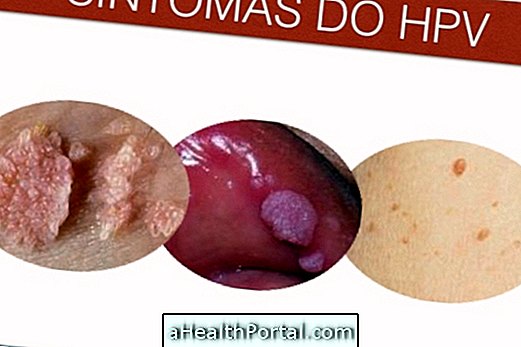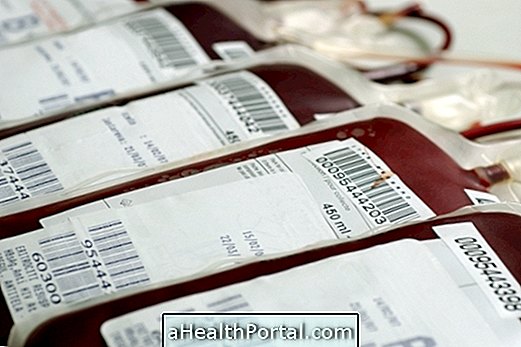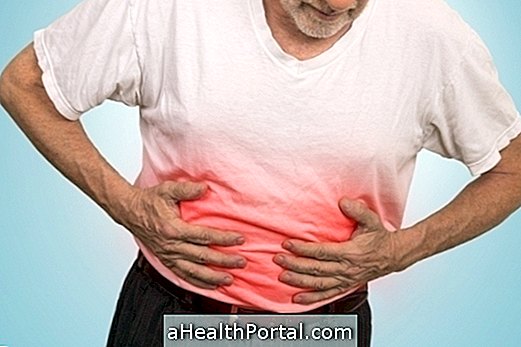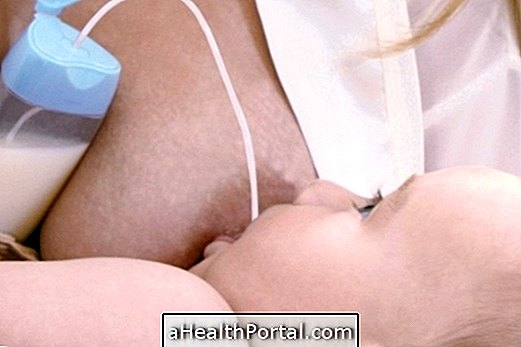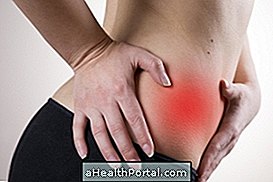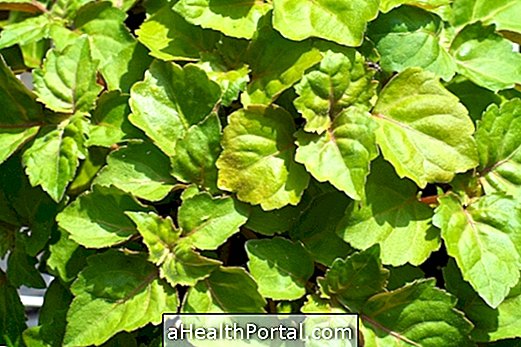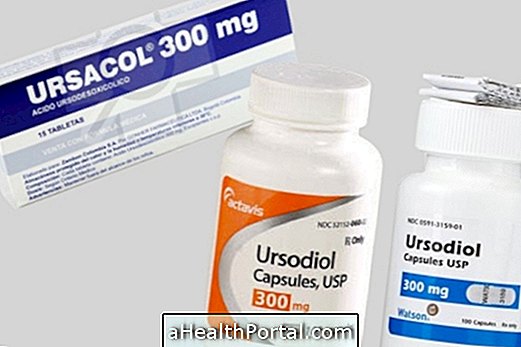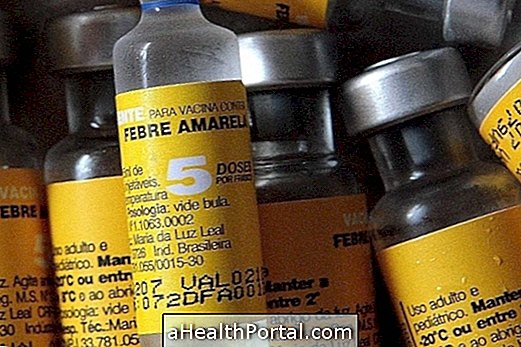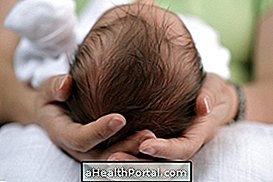Hemorrhoidal thrombosis occurs mainly when there is an internal or external hemorrhoid that breaks or gets compressed by the anus, causing the blood to accumulate in the anus forming a clot, which causes swelling and intense pain in the anal region.
Usually, hemorrhoidal thrombosis is more common in people who have constipation and during pregnancy, but may also arise due to other situations that increase abdominal pressure, such as exaggerated efforts in the gym, for example.
The treatment of hemorrhoidal thrombosis is done according to its cause and severity, and surgery or use of medicines may be indicated according to the orientation of the proctologist.
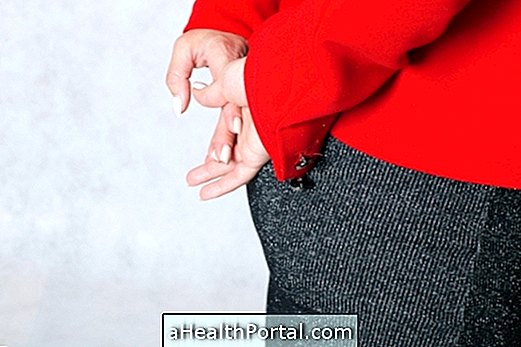
Main symptoms
The symptoms of hemorrhoidal thrombosis are the same as those of hemorrhoids, and it can be seen:
- Severe pain in the anal region;
- Itching or burning in the anus;
- Bleeding, especially when evacuating;
- Local swelling.
However, in these cases it is possible to verify that the hemorrhoid has become purplish or black and is indicative of thrombosis, and the person should consult a proctologist as soon as possible.
The diagnosis of hemorrhoidal thrombosis is made through the observation of the symptoms by the proctologist, and the characteristics of external hemorrhoids and signs of thrombosis are evaluated.
Causes of hemorrhoidal thrombosis
Hemorrhoidal thrombosis usually occurs as a consequence of an external hemorrhoid, which can arise due to the fact that you spend a lot of time sitting on a bench or in the toilet, pregnancy, anal sex and poor anal hygiene, for example.
In addition, this type of thrombosis can happen due to constipation, excessive effort to evacuate and heavy consumption of spicy foods or alcoholic beverages, for example. Find out what foods prevent hemorrhoidal thrombosis.
How is the treatment done?
Treatment for hemorrhoidal thrombosis should be done according to the proctologist and it is usually recommended to use analgesic remedies and anesthetic ointments, for example.
However, the use of laxatives or anticoagulants, the placement of a bandage or the performance of a surgical procedure to remove hemorrhoids may also be recommended. Learn about treatment for hemorrhoidal thrombosis.
